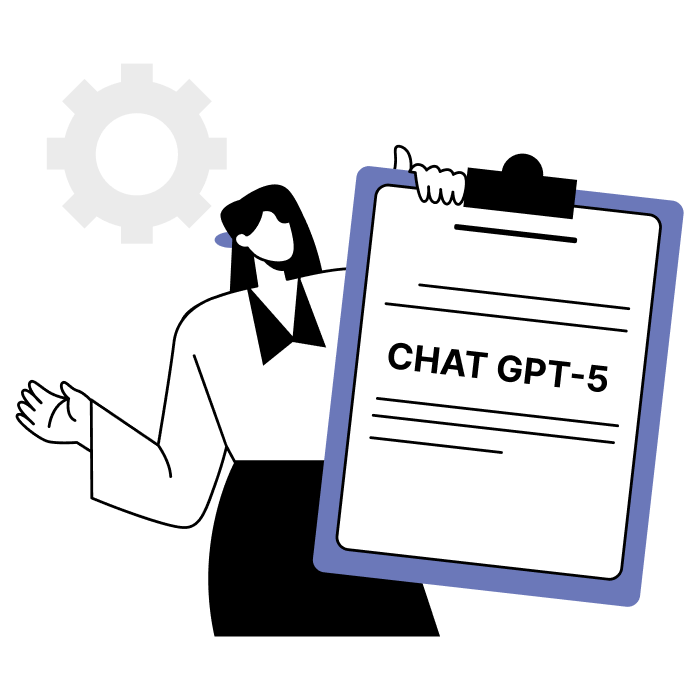We automated our sales outreach with AI. Here’s how it’s going.

Small team, big ambitions
We’re a compact team with complementary skills and an even stronger bias for automation. Like most startups, we juggle a lot, which means we wear a lot of hats.
We didn’t have the capacity for one person to sit and send 100 messages a day, follow up manually, and chase leads in five different tabs.
So we asked: what if we could automate just enough of our outreach to save time, but still keep the human touch? That’s how Alex was born!
Why traditional outreach didn’t make sense for us
It’s not that cold outreach doesn’t work. It can—if done well. But in a small team, “doing it well” often means sacrificing hours each day for a handful of replies. Copy-pasting the same message. Logging contact attempts. Personalizing (kind of). And hoping something lands.

We didn’t want that grind.
We wanted to smooth out the process, make it smarter, and frankly—make it more fun. With AI evolving fast, we saw an opportunity to experiment.
Could we train a bot that doesn’t just pitch, but actually listens? Could it be proactive, respectful, and… genuinely helpful?
From “what if” to first “Hi, I’m Alex from Mileva”
Our AI sales assistant didn’t come to life overnight. The idea started with a shared frustration, but evolved through weeks of team-wide brainstorming, research, and micro-tests.
We started small. Really small. The first version of Alex could barely say “Hi.” Our goal was simply to make a bot that could call us, say a few words, and hang up. That was our proof of concept.
But as we mapped out the call flow, explored what was technically possible, and tested different ways to combine prompts, audio, and lead data. We started getting somewhere.
Piece by piece, Alex became smarter. He learned to listen. To respond based on context. To know when to probe and when to pause. And soon enough, we were hearing conversations that honestly felt more thoughtful than many human SDRs could manage on a busy day.
Somewhere along the way, we realized Alex wasn’t just automation. He was us. A reflection of how we listen, how we ask, how we solve. He carried the tone we’d use in real conversations. The curiosity we share as a team. The intent behind every outreach. That’s what made him not just work, but resonate. Because behind every line he speaks… is everything we’ve learned together.
Meet Alex: our AI sales assistant

Alex isn’t a person. But most people wouldn’t know that at first.
He’s an AI-powered voice assistant we trained with specific messaging per audience segment. Alex uses a combination of structured prompts and real-time context to deliver personalized outreach by phone.
Behind Alex is a custom-built setup powered by generative AI. It pulls in contextual data about each lead, adapts messaging based on industry and role, and logs every interaction, from the call summary to the next steps. He doesn’t just deliver a message. He understands where someone is in their journey, and meets them there.
What people loved about Alex
Alex didn’t just talk, he listened. He could follow the flow, ask the right questions, and actually respond to what the other person was saying. He knew when to push, and when to back off. He didn’t pitch our services like a script. He guided the conversation toward real problems and offered relevant solutions.
Most interesting part: if it feels right during the call, Alex tells them he’s actually AI.
“Wait, you’re not a real person?! That’s… actually amazing.”
The reactions were better than we expected. Instead of awkward hangups, we got curiosity, follow-ups, and even meetings booked just to ask us how we built this. That’s exactly what we aimed for. We designed Alex’s prompts like a senior sales rep would coach a junior: listen first, don’t oversell, and make it about them. And honestly? He nailed it. It’s still a work in progress (and probably always will be). But that’s the beauty of it. Alex keeps learning, and our outreach keeps getting better.
What’s next
Once Alex went live, something interesting happened. People weren’t just picking up the phone—they were engaging. They stayed on the line, asked questions, and some even laughed out loud when they realized they were talking to AI. We kept hearing the same thing: “Wait… can we get this for our own business?”
That was our signal.
We realized we hadn’t built Alex just to solve our own bandwidth problem. We saw a bigger opportunity to turn our internal solution into something others could use, too. We were on the brink of building a full product.
So we kept building. We’ve since developed a full dashboard where clients can track outreach performance, listen to call recordings, read smart conversation summaries, and filter by outcome. And because Alex evolves just like we do, we continue to train him for new verticals, audiences, and use cases, adjusting for different industries, and getting sharper every day.
And honestly? We believe this is just the beginning.
Follow our journey.
This isn’t just one article. It’s the start of a bigger story. We’ll be sharing more behind-the-scenes updates as we keep shaping Alex into a real product. Stay tuned!
Final thoughts
Everyone’s asking the big question: Will AI replace human sales reps? It’s a fair question and honestly, it’s one we asked ourselves, too.
But what we learned is simple: the best conversations can’t be automated. What AI can do is take the tedious, repetitive parts off our plates, so real people have more time to build real trust, spot real problems, and actually help. The future isn’t about humans vs. AI. It’s about humans working with AI. And for us, that journey started with a small experiment and grew into something much bigger.
We’re just getting started. Follow along, we’ll be sharing more behind-the-scenes updates as Alex evolves from an internal project into a real product!

Subscribe for smart monthly tech updates.





